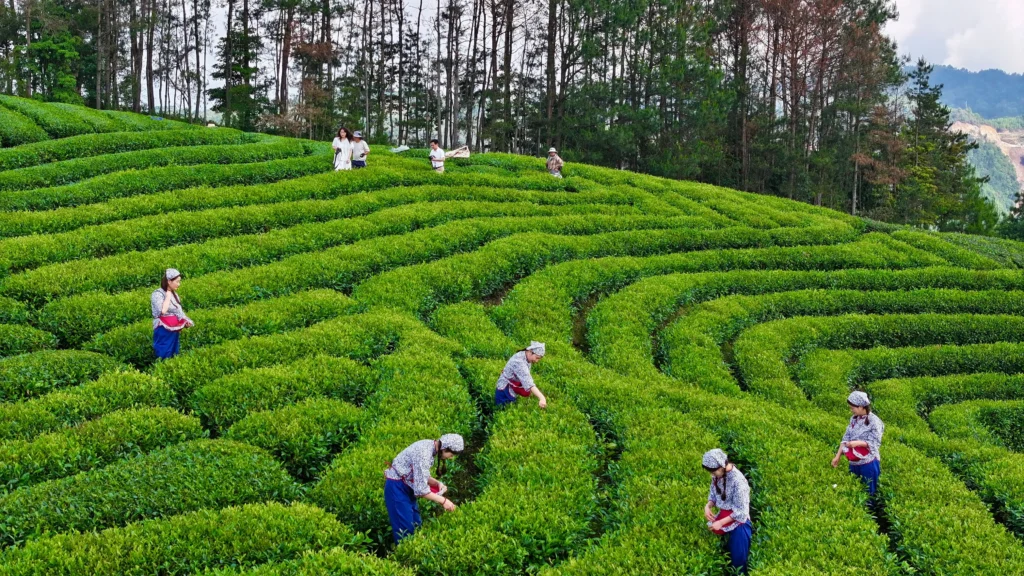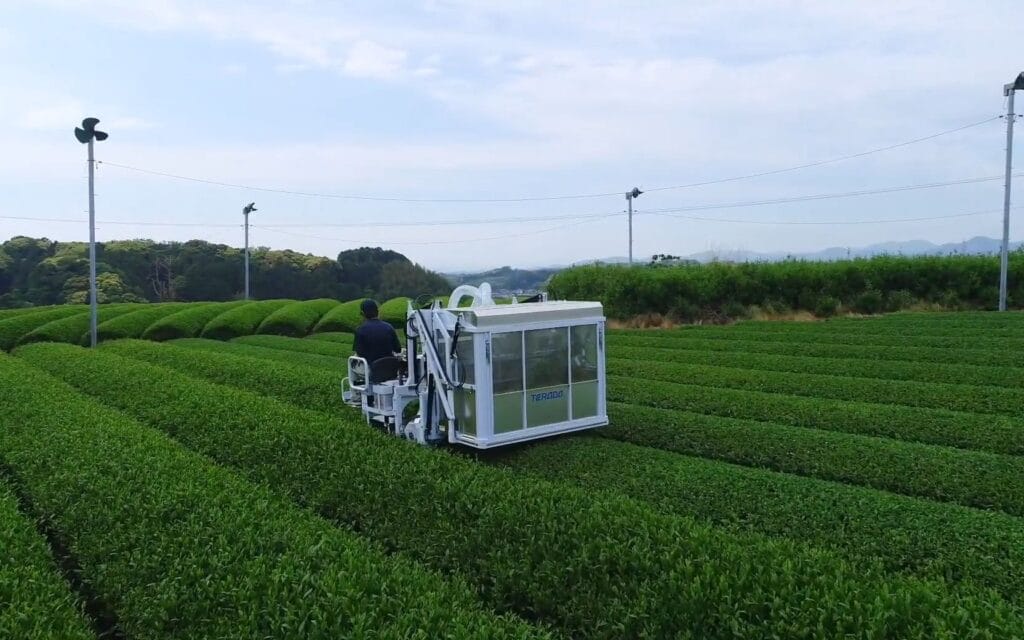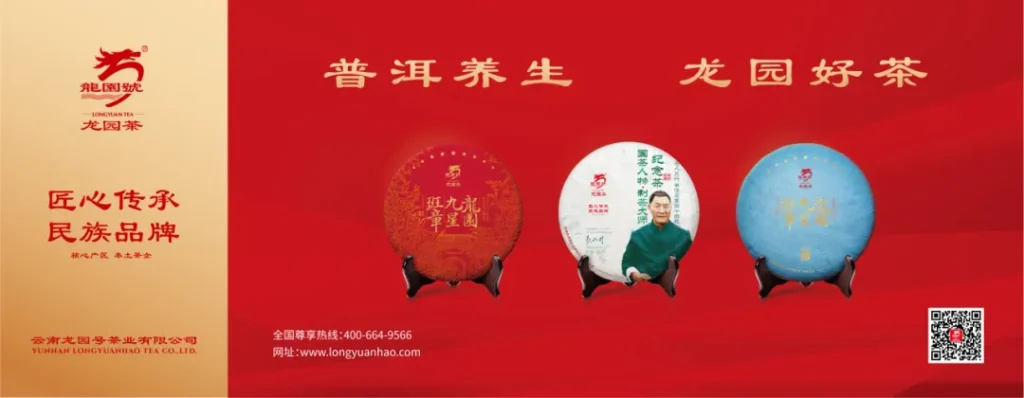Basic Standards for Tea Picking
Different tea categories, according to the needs of making into tea, some should start picking from the young buds, some should wait until a little mature, picking one bud and two leaves, etc.Basic Standards for Tea Picking
The tea green of bud tea category should be mainly with bud core, and the tea green of leaf tea category should be mainly with open face leaf, and the degree of old and young should be consistent as much as possible. In the picking process, should keep the branch breaks intact, while the picking part is not correct, will affect to make tea quality.Basic Standards for Tea Picking

Picking is categorized into hand-picking and mechanical picking.
⒈ hand-picked tea: is the traditional method of tea picking, divided into hand-picked and two-handed picking. The hand picking is a standard tea picking technique.Basic Standards for Tea Picking
Hand-picked tea hand-picked, sub-duo picking, to keep the buds and leaves intact, fresh, without scales, fish leaves, tea fruit and old branches and leaves. It is not suitable for stroking, grasping or pinching. Hand-picked tea, standardized, but more labor-intensive, high cost, difficult to do timely picking.Basic Standards for Tea Picking
2.PEAKING Mechanical tea plucking: more than two people to lift the round-trip cutting tea plucking machine tea plucking. Mechanical tea plucking can reduce the tea plucking labor force, reduce production costs. But if the operation is not appropriate, the growth and development of the tea tree, tea yield, quality will have a certain impact.Basic Standards for Tea Picking

Harvesting Criteria
Tea picking standards, which are based on the tea type’s need for new shoots of tenderness and quality and yield factors, can be categorized:
1.Tender Picking Tea leaves picked with this picking standard are mainly used to make high grade famous tea. For example, West Lake Longjing, Enshi Yulu, Huangshan Maofeng, Xinyang Maojian, Jinjunmei, are picked tea buds and one bud and one leaf and its one bud and two leaves at the beginning of the spread of the new shoots.Basic Standards for Tea Picking
2.Moderate picking The tea leaves picked with this picking standard are mainly used to make bulk tea: such as eyebrow tea, pearl tea, Gongfu black tea, which requires moderate tenderness of fresh leaves. Usually picking one bud and two leaves, and also picking one bud and three leaves and young leaves, is the most common picking standard adopted in China.Basic Standards for Tea Picking
Many famous teas on the market, whether it is Gongfu tea among black teas or Longjing, Biluochun, Enshi Yulu among green teas, etc., are all made of one bud and one leaf or one bud and two leaves. One bud, one leaf and one bud, two leaves are the best choice for making green tea. They are moderately tender and rich in inclusions, with higher contents of tea polyphenols, proteins, water leachate, amino acids, water-soluble pectin, etc., and the proportion of each ingredient is coordinated, resulting in a richer aroma and flavor. The phenol-ammonia ratio of mature leaves is too high, and the flavor is bitter and astringent.Basic Standards for Tea Picking
Black tea because it is a fully fermented tea. The fermentation of tea is the oxidation process of tea polyphenols. The older the tea leaves, the lower the content of tea polyphenols, the lower the content of tea polyphenols is not conducive to the fermentation of black tea, as well as the formation of theaflavin, theaflavin, theaflavin (3 oxides that determines the quality of black tea) content is also low, which is one of the reasons why it is not good for black tea to pick the old.
Therefore, we can’t just pursue the tenderness of tea picking, thinking that pure buds are the best and freshest. But in fact, the buds are not fully developed, and the flavor is still relatively weak.Basic Standards for Tea Picking

4.Special picking The tea leaves picked by this picking standard are mainly used to make some traditional specialty teas, such as oolong tea, which requires unique flavor and aroma. The picking standard is to wait for the new shoots to grow to the top buds to stop growing, the top leaves are not yet “open face” when the picking of two to four leaves is more appropriate, commonly known as “open face picking”. If the plucked fresh leaves are too tender, the color of oolong tea is reddish-brown and grayish, and the aroma is low and astringent; if the plucked fresh leaves are too old, the appearance appears coarse, the color is dry and the taste is thin. According to the analysis of the fresh leaves, two or three leaves are the most suitable for making Oolong tea.Basic Standards for Tea Picking

